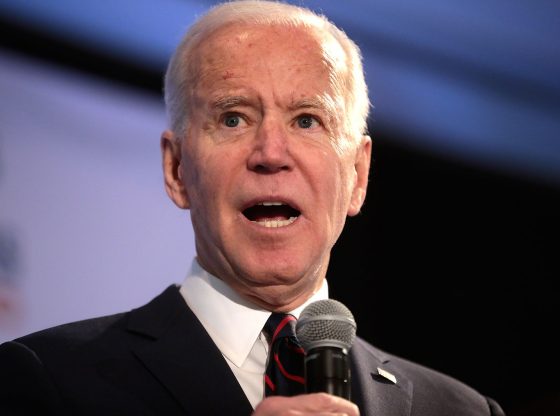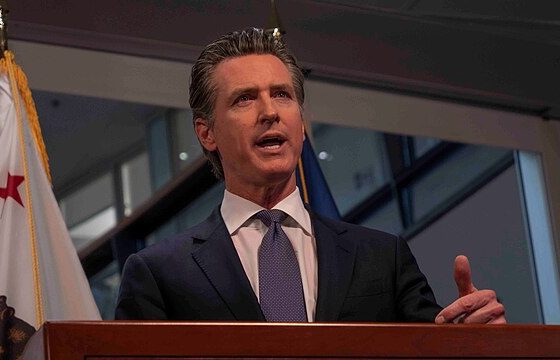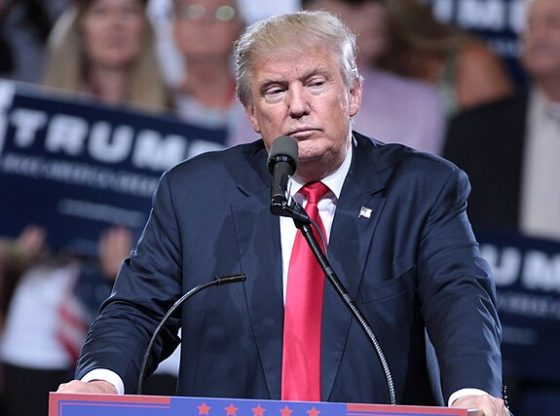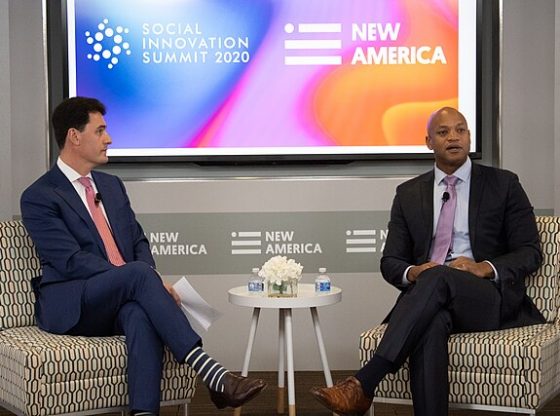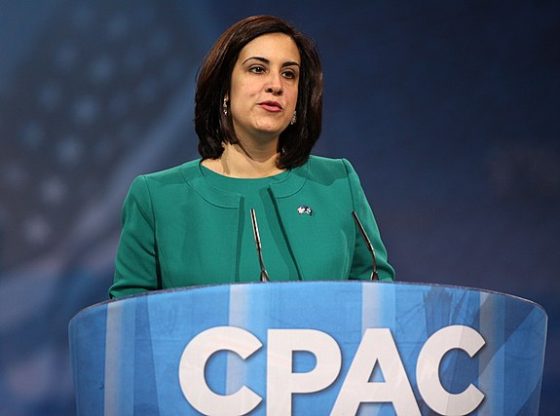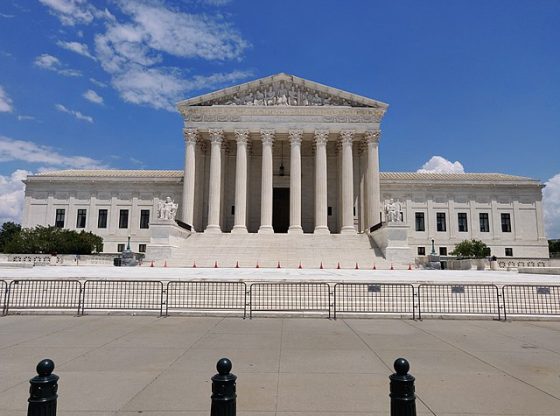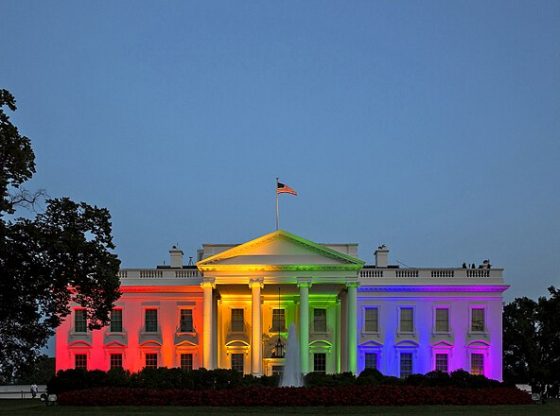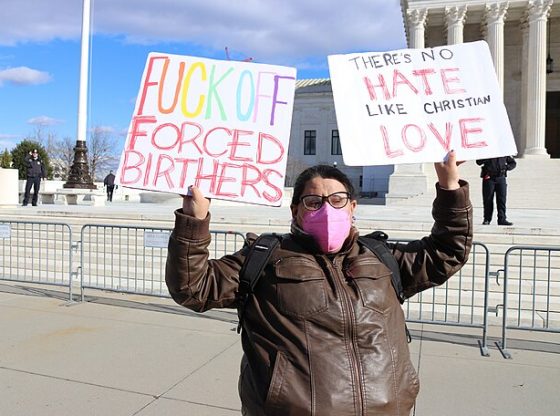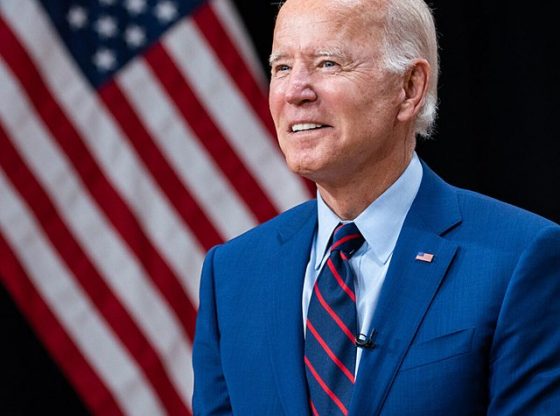The U.S. economy rose at a disappointing rate over the second quarter, failing to meet expectations yet again. Thursday morning the Commerce Department reported that gross domestic product grew only 6.5% in the second quarter, falling short of the 8.5% growth some analysts predicted.
Fox Business reports:
Thursday’s report offers “more evidence that stimulus provided surprisingly little bang-for-its-buck, with the economy quickly pushing against unexpected supply constraints instead, which have driven inflation higher,” said Paul Ashworth, chief U.S. economist at Capital Economics.
Businesses have since the economy reopened navigated supply-chain issues caused by factories shutting down to help slow the spread of COVID-19. They have also struggled to find workers as extended unemployment benefits have encouraged many to stay home.
The issues have combined to lift core personal consumption expenditures, the Federal Reserve’s preferred inflation measure, to 3.4% annual growth, the fastest since 1992.
Experts also noted that unemployment levels still play a large role in the economy struggling to get back to pre-pandemic levels. States have struggled with a mass labor shortage as Americans have opted to stay on federal unemployment. While many Republican-led states ended the extra federal unemployment aid early the labor market has struggled to bounce back.
According to CNBC:
Still, areas of the economy remain underwater as the labor market in particular has struggled to get back to normal.
In a separate report Thursday, the Labor Department said 400,000 people filed initial claims for unemployment benefits for the week ended July 24. That level is nearly double the pre-pandemic norm and was above the 380,000 Dow Jones estimate. However, it was a decrease from the previous week’s 424,000.
Continuing claims edged higher to 3.27 million, according to data that runs a week behind the headline number. The total of those receiving benefits rose by nearly 600,000 to 13.16 million, according to data through July 10.
Unfortunately, some experts believe the second quarter will be the high point of the country’s long journey towards economic recovery.
“The good news is that the economy has now surpassed its pre-pandemic level,” wrote Paul Ashworth, chief U.S. economist at Capital Economics. “But with the impact from the fiscal stimulus waning, surging prices weakening purchasing power, the delta variant running amok in the south and the saving rate lower than we thought, we expect GDP growth to slow to 3.5% annualized in the second half of this year.”

